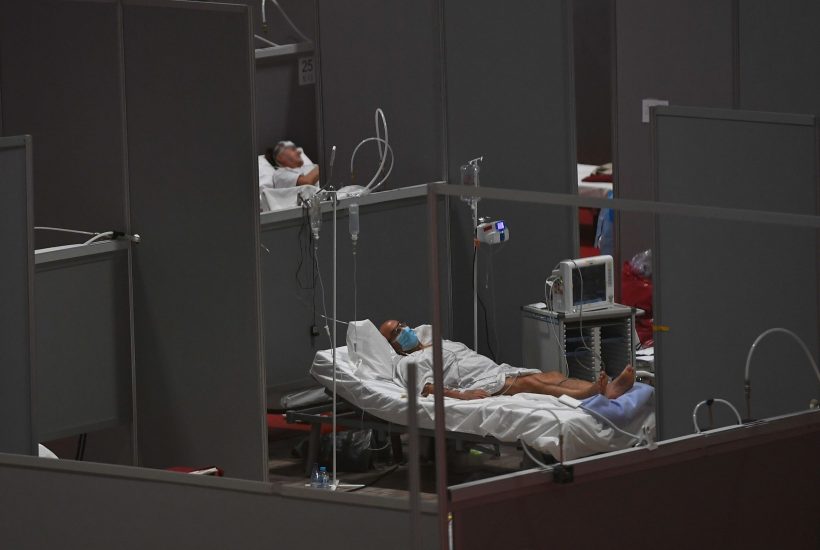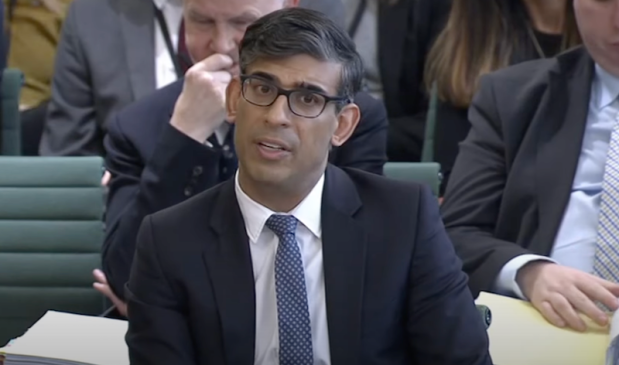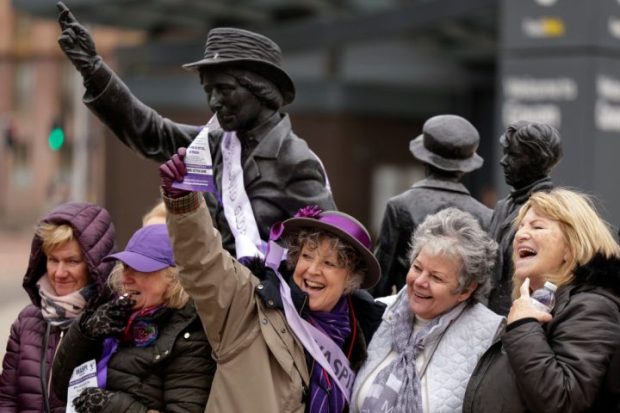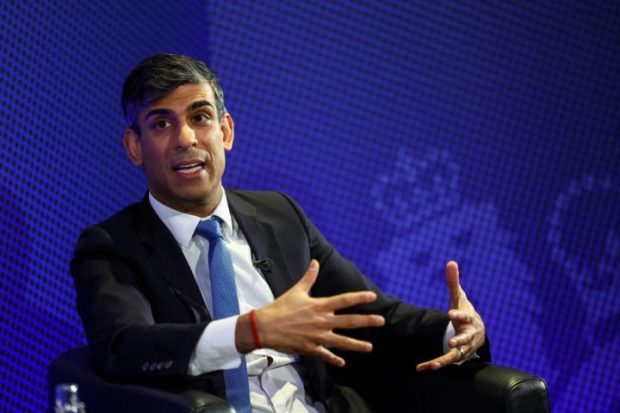Coronavirus is revealing many good things about our society: the number of people willing to volunteer to help tackle the outbreak and help the isolated, the number of former doctors and nurses keen to return to the front line, and the number of businesses that have switched to making equipment and protective clothing for those healthcare workers. But it has also revealed our ignorance about many matters that are still important outside of a pandemic.
Today’s example comes, inevitably, from our general reluctance to think about what old age and end-of-life care look like. Care homes have expressed concern that residents and their families are being pressured into signing ‘do not resuscitate’ orders, and that many residents who develop coronavirus will not be admitted to hospital.
The reaction to this has been along the same lines as in previous years when stories about doctors trying to discuss DNR orders with patients have surfaced – one of horror that the medical world appears to be abandoning those over a certain age. It came up at today’s Downing Street press conference, where chief nurse Ruth May was asked why patients wouldn’t be resuscitated or even treated in hospital.
May’s response also mirrored that from the health care establishment over previous years. These orders are something doctors should be discussing with patients as a matter of routine anyway – but they must be handled sensitively. The last time I wrote about DNRs was in the Times a few years ago when GP practices started phoning around their patients to try to talk about resuscitation. This was clearly as inappropriate as trying to rush families now but the principle behind both actions was right. Patients need to be aware of what resuscitation really entails.
Contrary to popular opinion, deciding to refrain from cardio-pulmonary resuscitation isn’t a sign a doctor doesn’t want to give you a chance. Instead, it is a sign that the state you might be restored to is a horrible one that makes the absolutes of life and death seem rather blurred. Only 20 per cent of all hospital resuscitations bring a patient back. CPR is a forceful procedure, requiring doctors to push up and down on a patient’s ribcage to force blood around the body. That force often cracks ribs but, worse than that, if someone does return to life after their heart has stopped for a while, they often do so with hypoxic brain damage, leaving them in an undignified stage of dying that lasts for days and weeks before they eventually succumb.
Many of us are not aware of this reality, partly because hospital dramas tend to involve the resuscitation of fit and health young adults with a shockable heart rhythm. But it’s also because our culture shuns proper conversations about death and dying. Of course, in this pandemic, the concept of a ‘good death’ has been torn apart. People are dying without family and friends at their bedside because of strict hospital rules preventing visitors from also being infected and spreading the virus still further.
Others who had planned a ‘good death’ from a terminal illness diagnosed long before the outbreak are now having to think again about what that might entail, given they are isolated at home and unable to say all the goodbyes they had hoped for in person.
Families cannot even say goodbye properly at funerals. Today’s image of the coffin of 13-year-old Ismail Mohamed Abdulwahab being lowered into the ground with none of his family present because they are all at home, self-isolating, is a powerful illustration of that. But there are still ways of ensuring that even in this time, when our rituals around death have been changed beyond recognition, there is as much dignity as is possible at the end. And that means we need to think more about death than we’d like even in good times, let alone now.
<//>
Got something to add? Join the discussion and comment below.
Get 10 issues for just $10
Subscribe to The Spectator Australia today for the next 10 magazine issues, plus full online access, for just $10.





















Comments
Don't miss out
Join the conversation with other Spectator Australia readers. Subscribe to leave a comment.
SUBSCRIBEAlready a subscriber? Log in